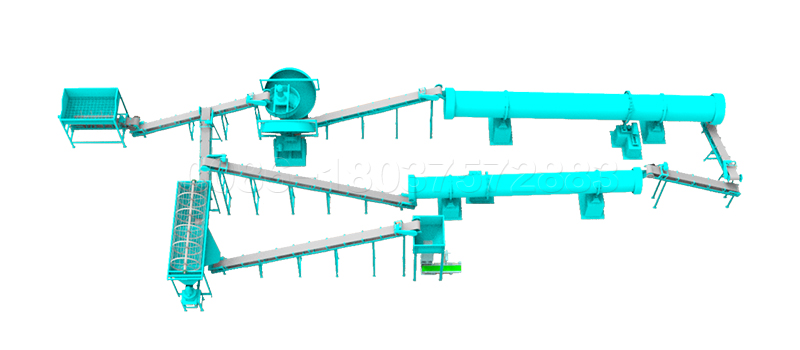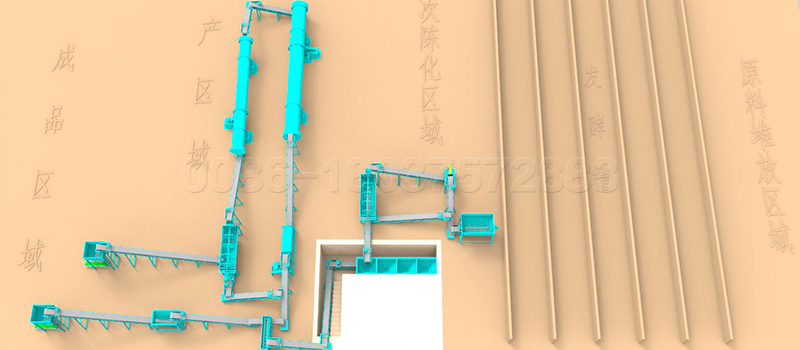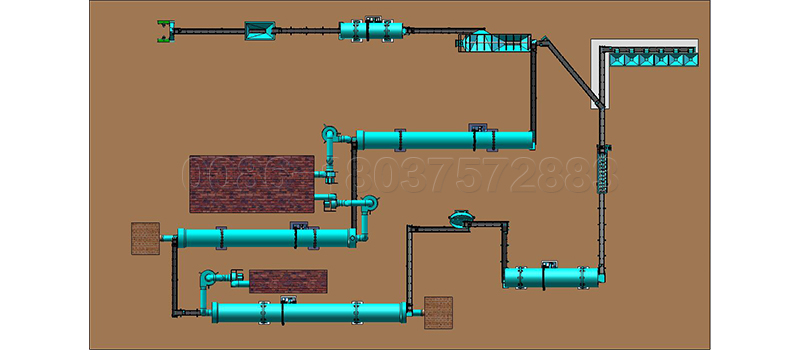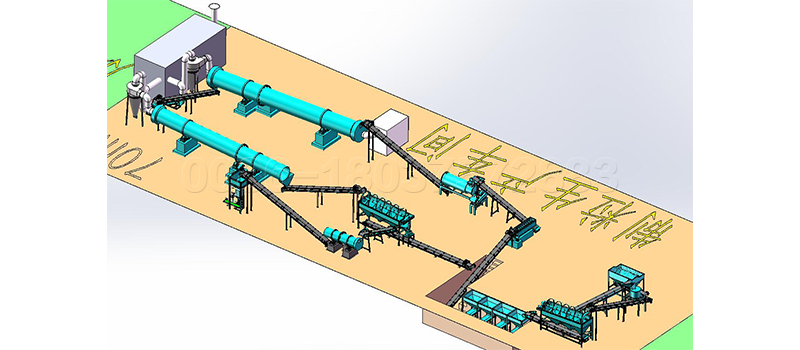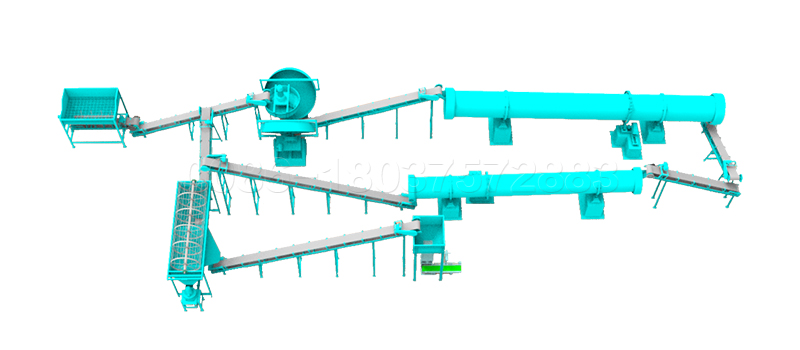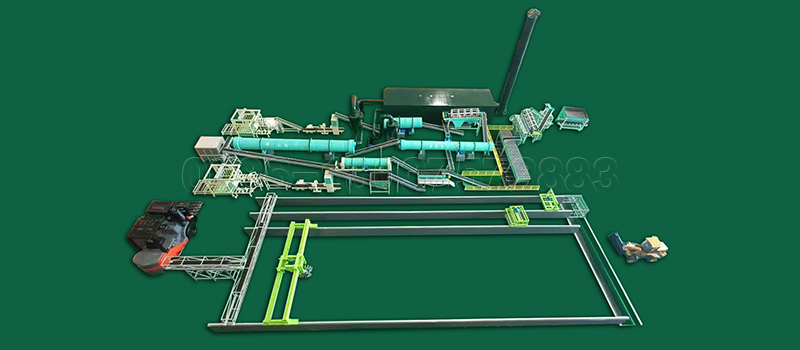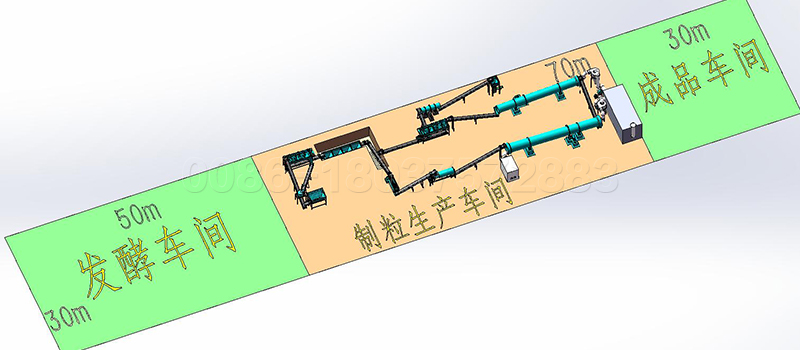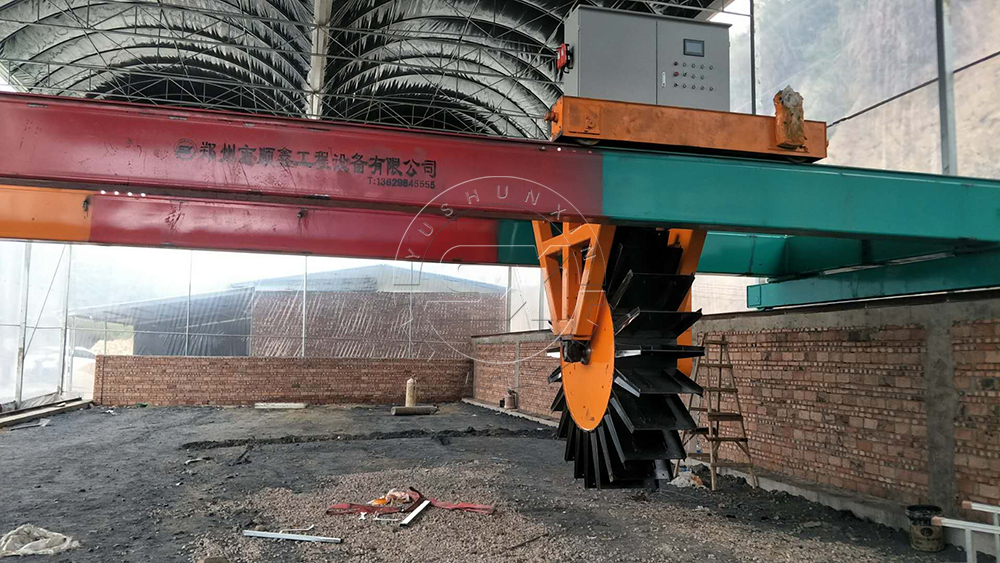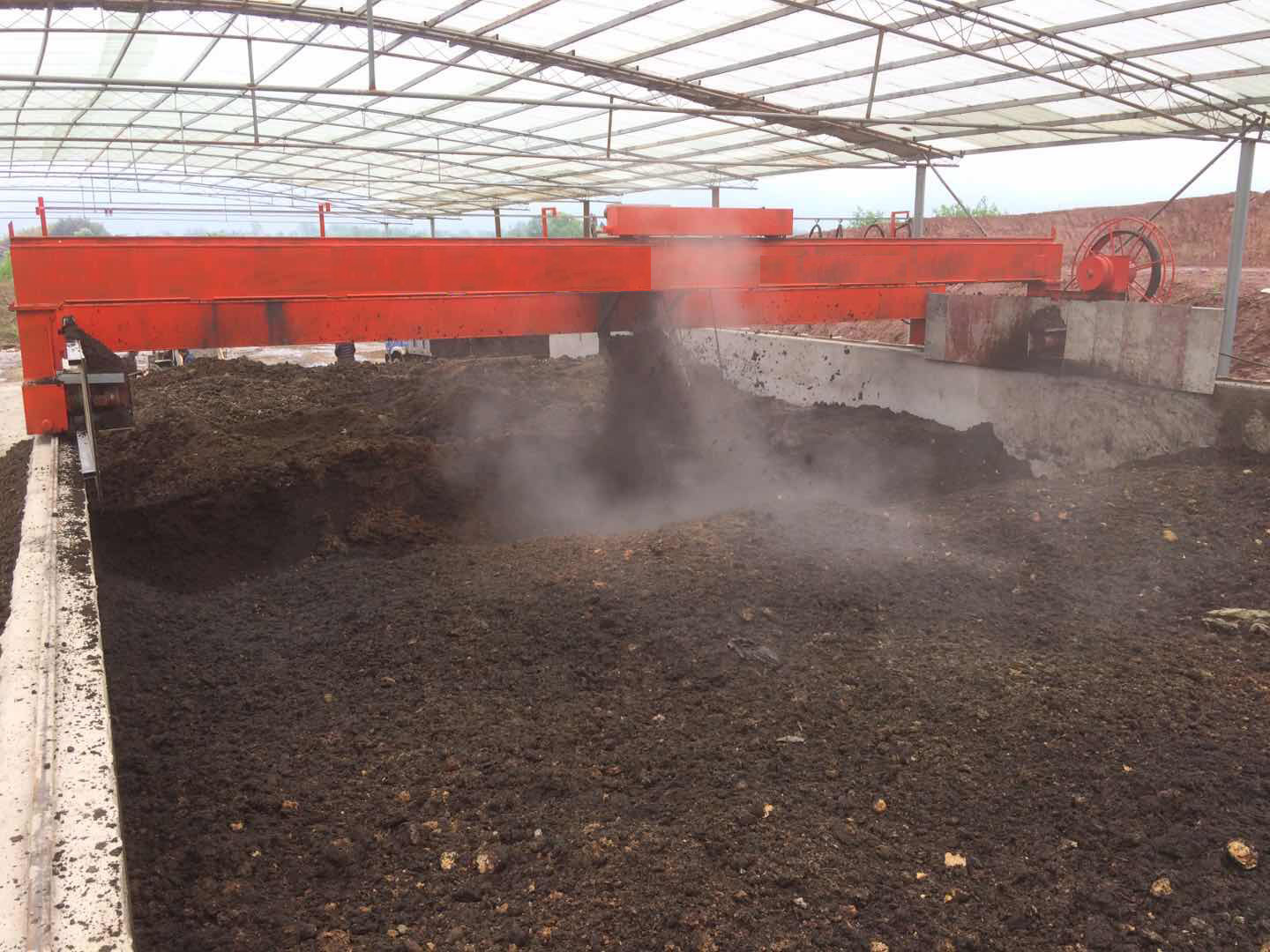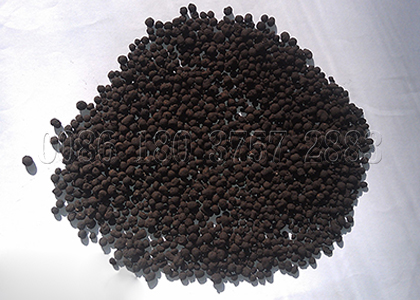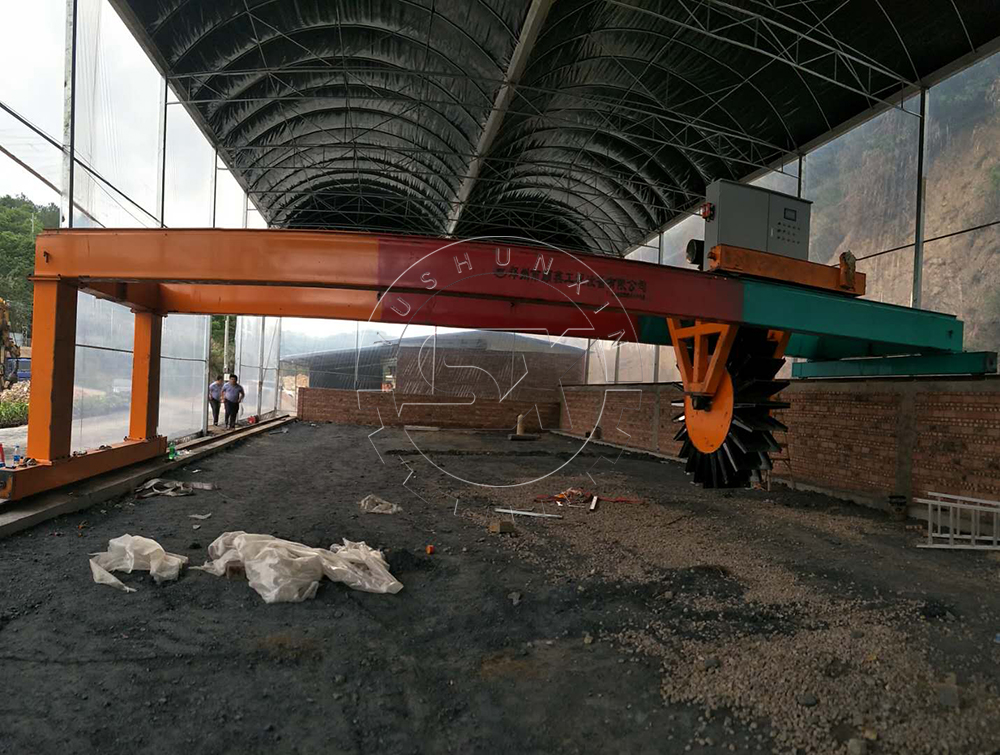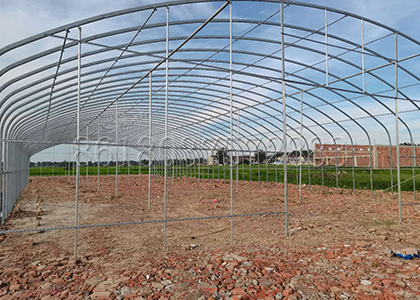Taking the production process of 30000 tons of granular organic fertilizer as an example, the 30000 tons of granular organic fertilizer production line is a medium and large-scale production process. The supporting equipment shall be relatively complete, including fermentation composting equipment, conveyor, crusher, mixer, fertilizer granulator, drum dryer, cooler, screening machine and packaging machine.
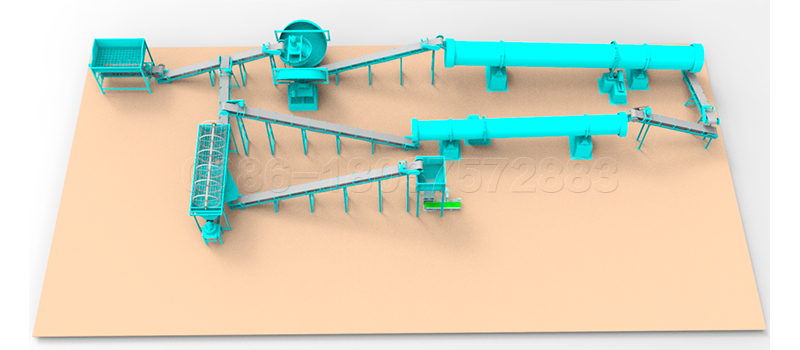
Supporting equipment includes forklift silo, belt conveyor, hot blast stove, etc. The design scheme of organic fertilizer production line includes the following aspects.
Organic fertilizer production process and production site planning
1. Plant area
The plant has an annual output of 5000 tons, 1200 square meters, 10000 tons, 1800 square meters, 20000 tons and 3000 square meters. There are fermentation workshop, production workshop, finished product workshop, office area, etc.
2. Fermentation workshop planning
Calculate the area of the fermentation workshop according to the output, determine the size of the fermentation upender according to the output, and determine the width and quantity of the fermentation tank according to the size of the upender.
3. Production site design scheme
The plane design of the production site shall be determined according to the equipment size and layout. Generally, 5000 tons of particle production line is 500 square meters, 10000 tons of 800 square meters, 20000 tons of 1100 square meters.
4. Finished product workshop
The situation of the finished product workshop is different, because the sales volume of each customer is different, and the area required for the finished product workshop is not large. Some space can be reserved according to the actual situation.
How much is the organic fertilizer production equipment? What are the machines for producing organic fertilizer? Through the above aspects, the design scheme of organic fertilizer production process is basically completed.
More detailed info on organic fertilizer plant design, weocme go to https://www.fertilizer-plants.com/organic-fertilizer-manufacturing-plant/


